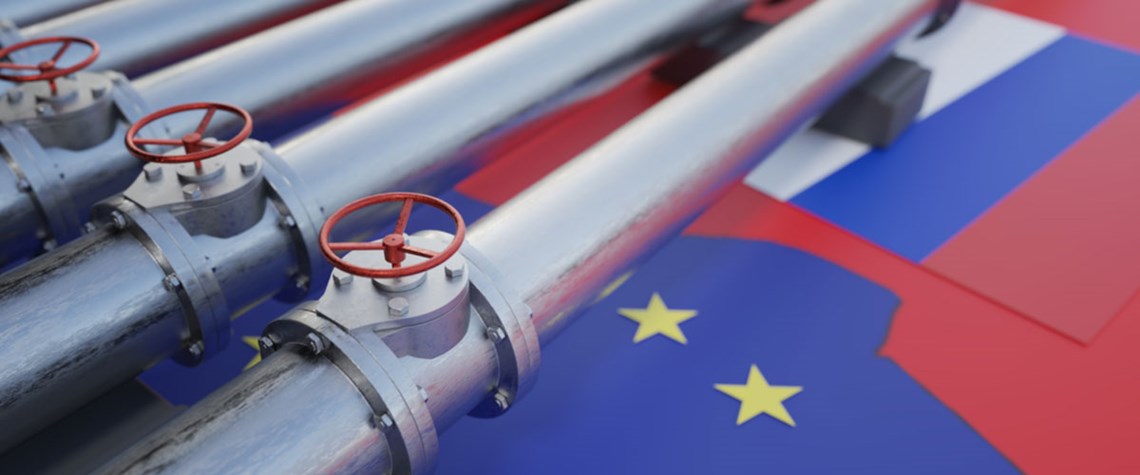Europe’s Russian gas reduction ambitions pose market threat
The desire to stop the flow of gas sales revenue to the murderous Putin regime is laudable. But it is not without significant challenges or risks
The European Commission aims to achieve two-thirds of a targeted 155bn m³/yr cut in its gas consumption by the end of 2022—with increased flexibility to reduce imports from Russia the major, albeit likely not sole, consequence of the goal. But it also intends to present in April a legislative proposal requiring EU gas storage to be filled up to at least 90pc of capacity by 1 October each year. Achieving these somewhat divergent aims over the next six months will be tricky. And they come with a warning that there could be unintended consequences for pricing and the efficient functioning of the continent’s traded gas markets. “It really is a big ask,” Jeremy Weir, CEO of commodity trading firm

Also in this section
12 December 2025
The latest edition of our annual Outlook publication, titled 'The shape of energy to come: Creating unique pathways and managing shifting alliances', is available now
12 December 2025
The federal government is working with Alberta to improve the country’s access to Asian markets and reduce dependence on the US, but there are challenges to their plans
11 December 2025
The removal of the ban on oil and gas exploration and an overhaul of the system sends all the right messages for energy security, affordability and sustainability
10 December 2025
The economic and environmental cost of the seven-year exploration ban will be felt long after its removal







